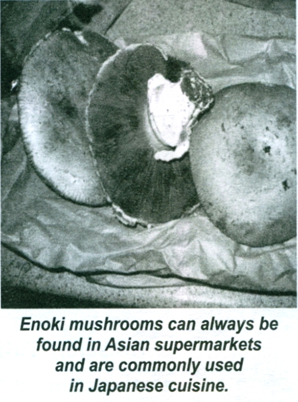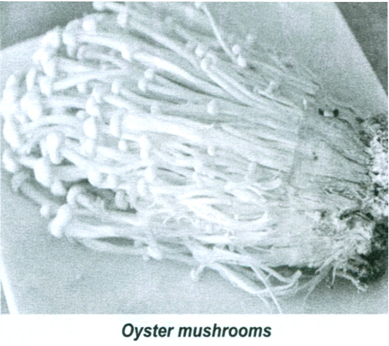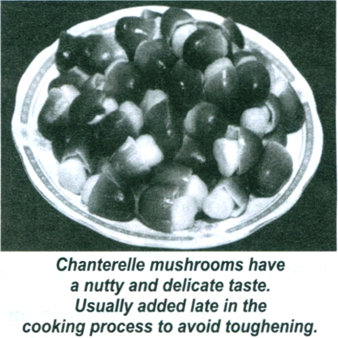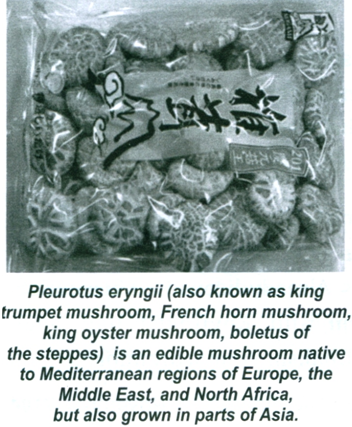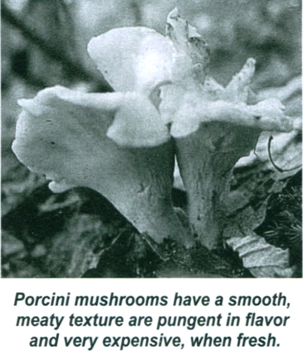Health Benefits of Mushroom
*K.Ramamurthi**R.Geethalakshmi
"Cultivating mushrooms is a great way to accelerate the decay of the stump." - Larry Robertson
A mushroom or toadstool is the fleshy, spore-bearing fruiting body of a fungus, typically produced above ground on soil or on its food source. The standard for the name "mushroom" is the cultivated white button mushroom, Agaricus bisporus; hence the word "mushroom" is most often applied to those fungi (Basidiomycota, Agaricomycetes) that have a stem, a cap, and gills or pores on the underside of the cap.
"Mushroom" describes a variety of gilled fungi, with or without stems, and the term is used even more generally, to describe both the fleshy fruiting bodies of some Ascomycota and the woody or leathery fruiting bodies of some Basidiomycota, depending upon the context of the word.
Forms deviating from the standard morphology usually have more specific names, such as "puffball", "stinkhorn", and "morel", and gilled mushrooms themselves are often called "agarics" in reference to their similarity to Agaricus or their place Agaricales. By extension, the term "mushroom" can also designate the entire fungus when in culture; the thallus (called a mycelium) of species forming the fruiting bodies called mushrooms; or the species itself.
Identification
Identifying mushrooms requires a basic understanding of their macroscopic structure. Most are Basidiomycetes and gilled. Their spores, called basidiospores, are produced on the gills and fall in a fine rain of powder from under the caps as a result. At the microscopic level the basidiospores are shot off basidia and then fall between the gills in the dead air space. As a result, for most mushrooms, if the cap is cut off and placed gill-side-down overnight, a powdery impression reflecting the shape of the gills (or pores, or spines, etc.) is formed (when the fruit body is sporulating). The color of the powdery print, called a spore print, is used to help classify mushrooms and can help to identify them. Spore print colors include white (most common), brown, black, purple-brown, pink, yellow, and creamy, but almost never blue, green, or red. [1]
In general, identification to genus can often be accomplished in the field using a local mushroom guide. Identification to species, however, requires more effort; one must remember that a mushroom develops from a button stage into a mature structure, and only the latter can provide certain characteristics needed for the identification of the species. However, over-mature specimens lose features and cease producing spores. Many novices have mistaken humid water marks on paper for white spore prints, or discolored paper from oozing liquids on lamella edges for colored spored prints.
Nutrition
Mushrooms are a low-calorie food usually eaten cooked or raw and as garnish to a meal. Dietary mushrooms are a good source of B vitamins, such as riboflavin, niacin and pantothenic acid, and the essential minerals, selenium, copper and potassium. Fat, carbohydrate and calorie content are low, with absence of vitamin C and sodium. There are approximately 20 calories in an ounce of mushrooms.
Health and Nutritional Benefits of Eating Mushrooms
- Mushrooms have very less calories and contain approximately 80 to 90 percent water. At the same time, they have low sodium, carbohydrate and fat content and high fiber content. This is the reason why mushrooms are considered good for those aiming for weight loss.
- Mushrooms are an excellent source of potassium. Infact, it is said that there is more potassium in a mushroom than a banana. Since potassium helps lower blood pressure and diminished the risk of stroke, mushrooms are recommended to people suffering from hypertension.
- Mushrooms are rich in copper, a mineral that has cardio-protective properties. A single serving of mushrooms is said to provide about 20 to 40 percent of the daily needs of copper.
Mushrooms are believed to help fight against cancer. They are an excellent source of selenium, an antioxidant that works with vitamin E to protect cells from the damaging effects of free radicals.
- White button mushroom have been found to restrain the activity of aromatase, an enzyme involved in estrogen production, and 5-alpha-reductase, an enzyme that converts testosterone to DHT.
- Researches have suggested that white button mushrooms can reduce the risk of breast cancer and prostate cancer. Infact, extract of white button mushrooms has been found to help in diminishing cell proliferation as well as tumor size.
- Shiitake mushrooms comprise of Lentinan, a beta-glucan that has been associated with stimulation of the immune system and thus, is believed to be helpful in fighting against AIDS. It also helps fight infection and exhibits anti - tumor activity.
- Being rich in fiber, protein and Vitamin B, mushrooms help maintain a healthy metabolism.
- It has been found that mushroom extract helps stop migraine headaches and is beneficial for people suffering from mental illnesses, like obsessive-compulsive disorder
- Oyster mushrooms are said to be useful in strengthening of veins and relaxation of the tendons
Types of Edible mushroom
There are more than 10,000 varieties of mushrooms. The following are some of the mushroom used in day-to-day life.Agaricus bisporus is probably the most widely recognized, easily found and most cultivated mushroom. Commonly known as white mushroom or crimini mushroom. They can be either white or brown in appearance.
Source:
Kisan World - A journal of Agriculture and Rural Development
|



